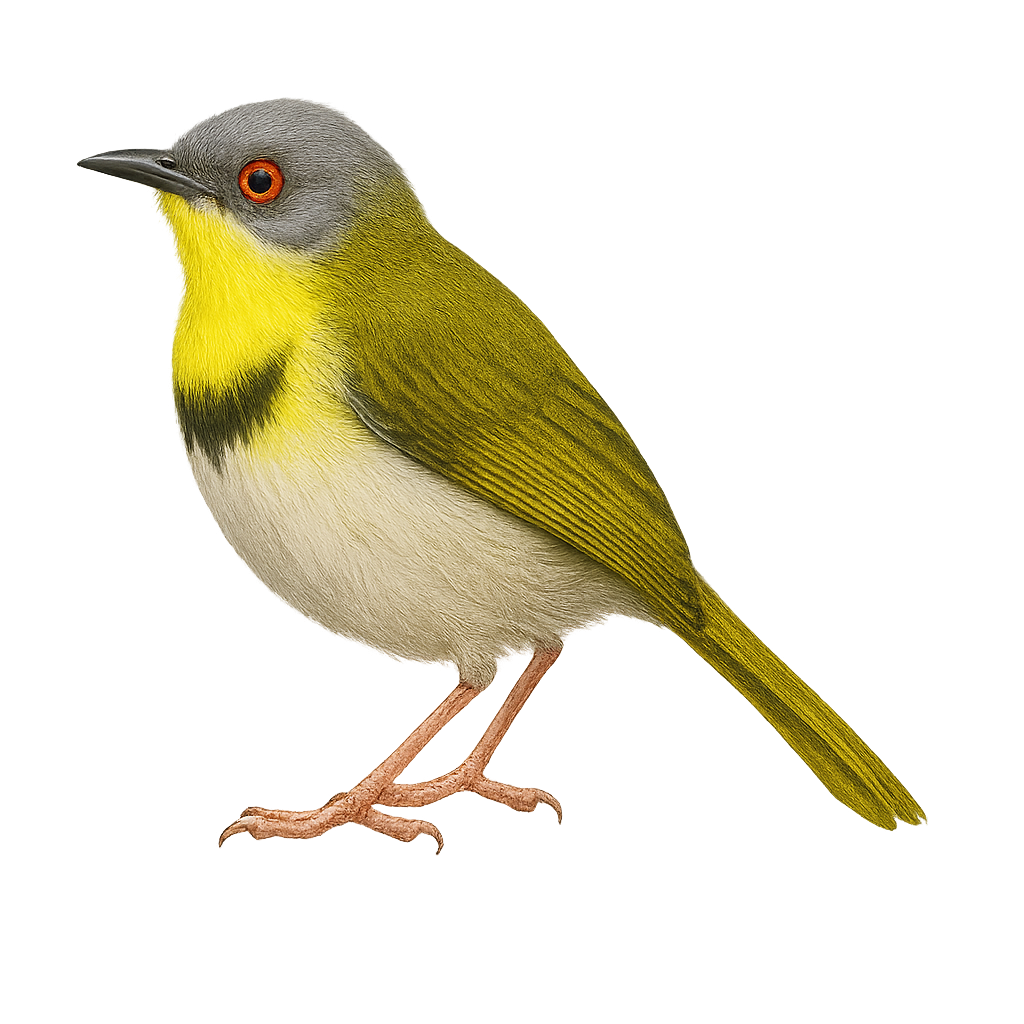Your wildlife photography guide.
Explore the yellow-breasted apalis in detail, study its behavior, prepare your shots.
Where to observe and photograph the yellow-breasted apalis in the wild
Learn where and when to spot the yellow-breasted apalis in the wild, how to identify the species based on distinctive features, and what natural environments it inhabits. The WildlifePhotographer app offers tailored photography tips that reflect the yellow-breasted apalis’s behavior, helping you capture better wildlife images. Explore the full species profile for key information including description, habitat, active periods, and approach techniques.
Yellow-breasted Apalis
Scientific name: Apalis flavida

IUCN Status: Least Concern
Family: CISTICOLIDAE
Group: Birds
Sensitivity to human approach: Suspicious
Minimum approach distance: 10 m
Courtship display: November to February
Incubation: 12-14 jours
Hatchings: November to March
Habitat:
dry forests, savannas, shrublands
Activity period :
Primarily active during the day, with peak activity in the morning and late afternoon.
Identification and description:
The Yellow-breasted Apalis is a small passerine bird belonging to the Cisticolidae family, primarily found in sub-Saharan Africa. It measures about 11 to 13 cm in length and is distinguished by its bright yellow throat, white belly, and olive-green back. Its natural habitat includes dry forests, savannas, and shrublands. This bird is often seen in pairs or small groups, feeding mainly on insects and small invertebrates. Its song is a melodious trill, often heard at dawn. Although widely distributed, it is sometimes threatened by deforestation and habitat loss.
Recommended lens:
400 mm – adjust based on distance, desired framing (portrait or habitat), and approach conditions.
Photography tips:
To photograph the Yellow-breasted Apalis, focus on early morning hours when activity is at its peak. Use a 400mm lens or longer to capture precise details without disturbing the bird. Look for areas with good natural light, such as forest edges or clearings. Be patient and discreet, as this bird can be suspicious. A tripod can be helpful to stabilize your camera during prolonged shots. Finally, try to capture the bird in full song to add a dynamic dimension to your photos.
The WildlifePhotographer App is coming soon!
Be the first to explore the best nature spots, track rutting seasons, log your observations, and observe more wildlife.
Already 1 432 wildlife lovers subscribed worldwide

